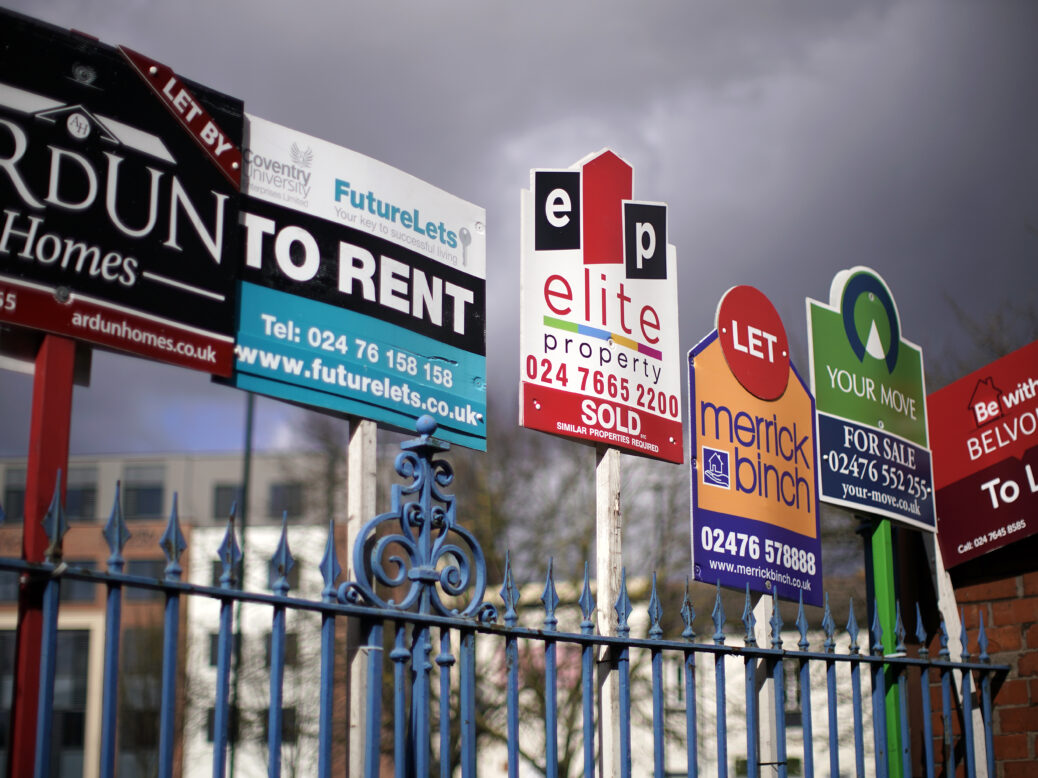
Following the vote of confidence earlier this week, Boris Johnson on Thursday turned his attention to the ongoing housing crisis to help him escape his own political crisis.
The solutions he proffered, however, were relics from the past that won’t solve the problem of unaffordable housing, high rents and non-decent properties. Chief among these was a resurrected Right to Buy for housing association tenants, as well as enabling people receiving benefits to count that income towards a mortgage. Pumping more demand into the housing market is utterly futile, however, when the supply of housing has failed to keep up. Homeowners can look forward to a rise in the value of their properties. For renters, however, a reprieve is unlikely.
Extending the Right to Buy to housing associations has been widely discredited by commentators from the housing sector. In response to Johnson’s announcement, Pete Apps, deputy editor of Inside Housing, set out in a Twitter thread how the idea comes apart as soon as it hits the real world of housing association finances. To make it affordable for tenants, and to keep housing associations financially solvent, he estimates the government will be pumping in around £3bn a year to finance the purchase of properties, while not a single new home will be built as a direct result.
The other key part of Johnson’s announcement was enabling benefit payments to go towards a mortgage. Firstly, as with Help to Buy, making more money available for house purchases will do nothing but raise prices if more properties are not made available. Secondly, the UK benefit system is far from generous, and most renters have little to no savings for a deposit. Given this context, how exactly will the finances work out for individuals and their families trying to meet a mortgage payment that will likely be much higher than their social rent, and who come up against the benefit cap? Finally, even where the Right to Buy policy has succeeded, it fails. The experience in council housing is that much of the stock sold through it ends up as private rented housing, with unregulated rents at poorer quality – and without the investment in repairs and upkeep.
In an interview yesterday with ITN, Secretary of State for Levelling Up, Michael Gove, said the government’s ambition was to be like the post-war Churchill and Macmillan governments. Those administrations added hundreds of thousands of homes to the British housing stock. Conveniently, Gove missed out that Churchill and Macmillan built on planning reforms brought in under Labour, which in 1945 was facing such a severe housing crisis it considered nationalising the entire housing stock (and all land in the UK). Throughout this period, private rents were also regulated, protecting tenants from rent hikes.
Compared to this ambition, the government’s proposals seem a poor imitation. The Levelling-Up white paper, released in February, included a target of halving the amount of non-decent housing in this country by 2030. If Johnson and Gove are at all serious about this goal, they need to look to alternatives, not rehash ideas from the past.
And if the government truly wants to slay a housing crisis-shaped monster that successive administrations have created, then the solutions are clear: real investment in social housing, regulation of rent in private rented housing, and ending no-fault evictions (as it promised to do in 2018). Fundamentally, we need an end to the economic and social model that privileges owner-occupation, and to provide decent, secure and affordable housing irrespective of who owns it.





